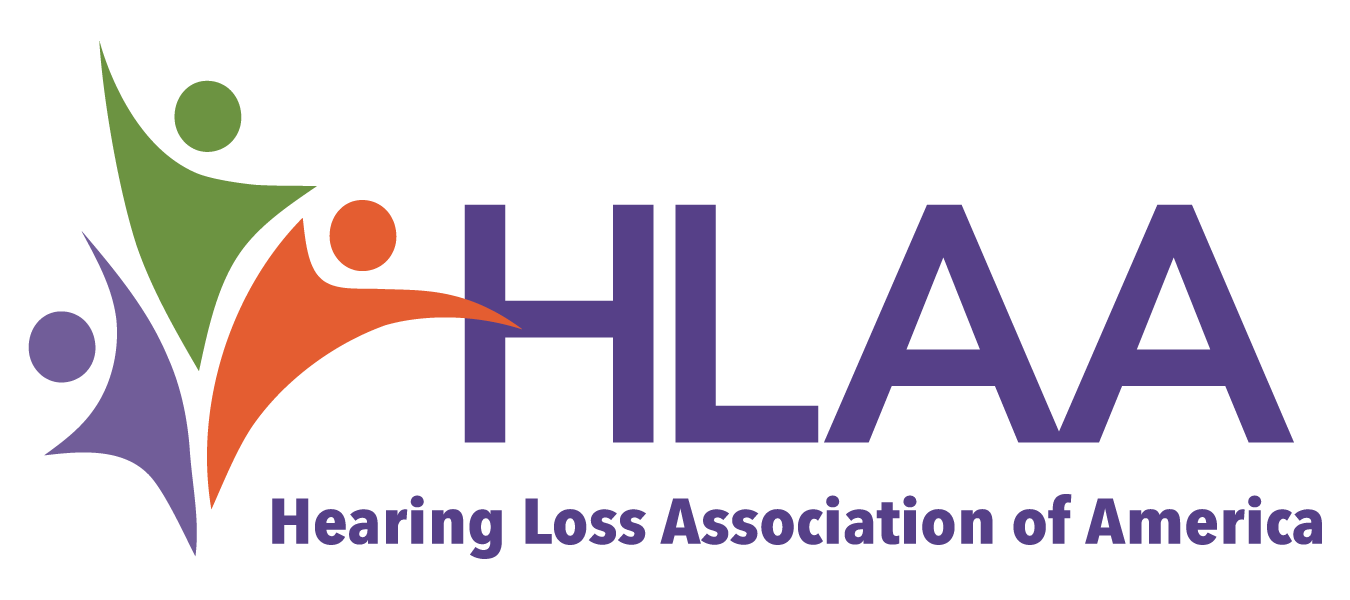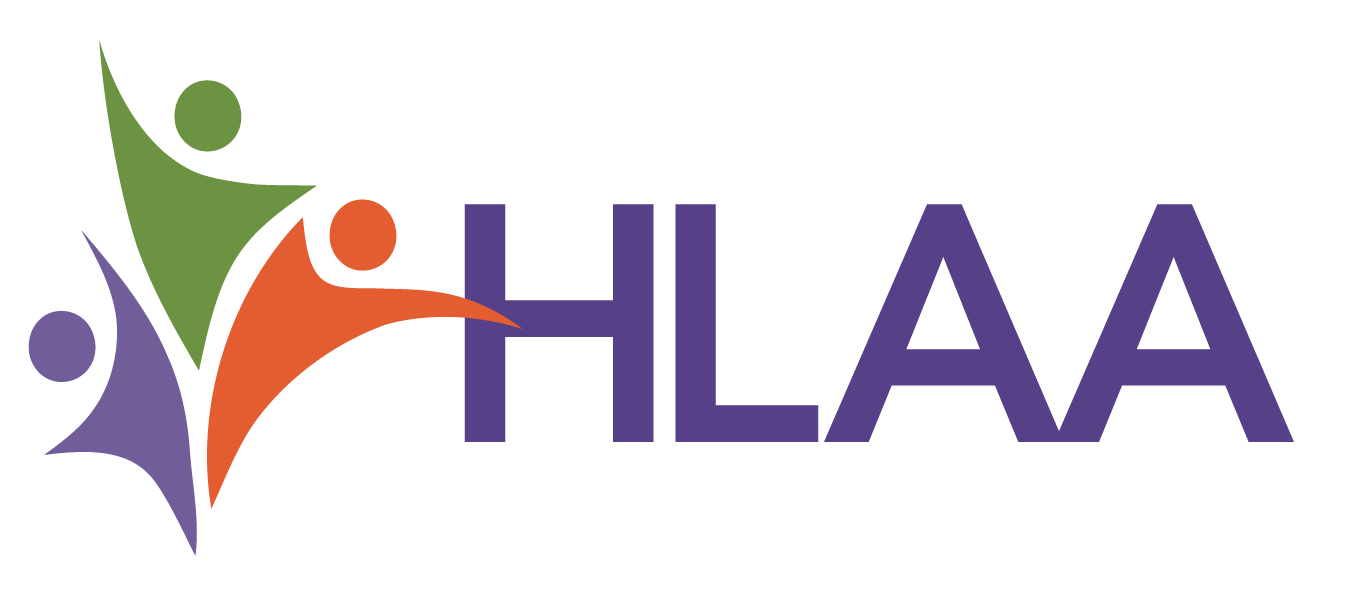Overview
The COVID-19 pandemic has compelled the accelerated use of telehealth solutions. Accessibility features in telehealth video-based platforms are crucial in assuring that deaf and hard of hearing (DHH) individuals have access to quality healthcare while maintaining the safety of medical providers and the general public during this pandemic. Accessibility is also a legal obligation under various laws, including the Americans with Disabilities Act, Section 504 of the Rehabilitation Act, and other health laws as well as state and local laws.
This document only focuses on best practices and requirements for accessible telehealth video-based platforms and apps (where the doctor and patient can see each other on video), not traditional telephone-only communications. The appendix provides technical details about these solutions.
Accessibility Solutions
The patient must instruct the healthcare professional as to what the appropriate reasonable accommodation(s) are for the video appointment; qualified interpreting services, captioning services, or both. There are four possibilities for a patient-directed accommodation:
- Remote interpreting services on the same screen or platform allows for the direct participation of qualified interpreters and transliterators.[1]
- Communication access real-time translation (CART) on the same screen or platform allows a qualified captioner to caption the call on the screen. This can be provided by itself or along with remote interpreting services.
- Use of accessibility services, such as remote interpreting and captioning, on a separate screen or device.
- Use of other accessibility services on a separate screen or platform, such as relay services. Please review the appendix for limitations with this approach.
All approaches must allow the deaf or hard of hearing person to have the ability to type back to the provider, interpreter/transliterator, or captioner. This will support people who prefer to communicate by typing, people who need to clarify points that were translated inaccurately by the interpreter, and also cover technical problems with audio and video.
Generally, accessible technological and software options for facilitating clear communication between the patient and provider in the context of a remote video visit should be integrated into telehealth platforms rather than separate devices or screens.[2] For all options, the portal or platform must have explicit instructions on how to access the solution, and the telehealth provider staff must be well-trained on the accessibility solutions, and send the link(s) and instructions to not only the patient but also the interpreter/CART vendor.
Providers should ensure all staff users are adequately trained about the accessibility features so that they may promptly and efficiently deploy these features within the time constraints of the provider’s virtual waiting room. For any accessibility solution, the provider, patient, and interpreter/CART video screens, view sizes, and locations should be easily manipulated by the users. In case there are video transmission problems, the captioning feature should be made available to supplement the interpreting services. The medical provider should monitor the captions to avoid miscommunication especially when dispensing medical advice. Chatroom features can also be utilized in the event technical issues arise.
Accessibility requirements for remote interpreting in telehealth video communications
Federal law mandates that remote interpreting (VRI) connections must include:[3]
- Real-time, full-motion video and audio over a dedicated high-speed, wide-bandwidth video connection or wireless connection that delivers high-quality video images that do not produce lags, choppy, blurry, or grainy images, or irregular pauses in communication;
- A sharply delineated image that is large enough to display the interpreter’s face, arms, hands, and fingers, and the participating individual’s face, arms, hands, and fingers, regardless of his or her body position;
- A clear, audible transmission of voices; and
- Adequate training to users of the technology and other involved individuals so that they may quickly and efficiently set up and operate the VRI.
To achieve this federal mandate, the National Association of the Deaf (NAD) and Deaf Seniors of America (DSA) Video Remote Interpreting Guidelines for Health Care provides technical and operational guidelines.[4] Telehealth providers must ensure that in each state where the service is provided, the interpreters are appropriately licensed to work in that state – if applicable – as many states have licensure requirements for interpreters.[5]
Accessibility requirements for captions (or CART) for telehealth video communications
The telehealth technology should offer real-time, full-motion synchronized video and audio. The technology should operate over dedicated lines or wireless technology offering high-speed, wide-bandwidth video connection that delivers high-quality video images that do not produce lags, choppy, blurry, or grainy images, or irregular pauses in communication, and a clear, audible transmission of voices to support listening to and lipreading the provider/clinician by the deaf or hard of hearing patient. It is essential to provide clear quality video that makes it possible for both staff and consumer to see each other and for both to see the captioning in a clearly marked space that provides comfortable viewing of the captioning in entire sentences. CART vendors are listed in the appendix.
Appendix: Alternate Technical Options
This appendix outlines some technical options where remote interpreting and CART cannot be or has not been integrated into the telehealth platform. Because an integrated platform is best, the parallel services should serve only as an interim solution.
Technical Options for Internet-based remote interpreting or remote CART service on a separate device or screen
Remote interpreting options:
For remote interpreting services, the patient needs to install an app that provides access to the interpreting service. The exact app to download typically depends on the provider’s contractual interpreting service. The provider and portal must provide written instructions for the patient as to where to download the app, and how to connect to the interpreting service at the time of the appointment.
The provider, at the time of the appointment, must ensure that their audio is connected to the remote interpreter. This can be done either through app-based VoIP audio from provider to interpreter, or through a phone call from provider to remote interpreter.
Captioning (CART) options:
Captioning providers can be found at these links:
- StreamText
- National Court Reporters Association (NCRA) Online Sourcebook
- Described and Captioned Media Program (DCMP)
- or search online for CART providers
The captions are accessed on a separate web page. The provider, at the time of the appointment, must ensure that their audio is connected to the remote CART captioner. This can be done either through app-based VoIP audio from provider to captioner, or through a phone call from provider to remote captioner.
Technical Options for Making Phone Calls to the Health Provider Separately from the Telehealth Platform
Relay-based options:
The patient communicates with the provider through Video Relay Service (VRS)[6] or a captioned telephone service.[7] The provider either places a phone call to the patient’s phone number, which automatically routes the call through the patient’s selected relay service, or gives the patient a phone number to call at the time of the appointment.
LIMITATIONS OF RELAY SERVICES:
- TRS interpreters and captioners are chosen randomly, so they may not be qualified to handle complex medical situations;
- The provider generally does not have options for viewing the interpreters or captions, thereby greatly increasing the risk for miscommunications that go undetected;[8] and
- The patient must already be registered for relay services. In an emergency situation, there may be insufficient time to accomplish the registration.
For More Information
Please contact: telehealth@dhhcan.org
Contributors
This guide was developed by deaf and hard of hearing groups, deaf healthcare providers, and other experts:
- Association of Late-Deafened Adults (ALDA)*
- Association of Medical Professionals with Hearing Loss
- Christopher J. Moreland, M.D., MPH, Associate Professor of Medicine, UT Health San Antonio
- Gallaudet University Deaf Health Communication and Quality of Life Center
- Gallaudet University Technology Access Program/Deaf Hard of Hearing Technology RERC
- Gallaudet University, Teresa Blankmeyer Burke, Ph.D., Bioethicist & Philosopher
- Hearing Loss Association of America (HLAA)*
- National Association of the Deaf (NAD)*
- National Association of State Agencies of the Deaf and Hard of Hearing (NASADHH)
- Robert C. Nutt, MD, MPH, Physician, Developmental & Behavioral Pediatrics, Atrium Health / Levine Children’s Network, Concord, North Carolina
- Samuelson-Glushko Technology Law & Policy Clinic at Colorado Law(counsel to TDI)
- Telecommunications for the Deaf and Hard of Hearing, Inc. (TDI)*
(*consumer advocacy groups that advocate for the rights of deaf and hard of hearing people)
Endnotes
[1] Interpreters must be “qualified” in order to ensure effective communication. In this context, this means someone who is able to interpret effectively, accurately, and impartially, both receptively (i.e., understanding what the person with the disability is saying) and expressively (i.e., having the skill needed to convey information back to that person) using any necessary specialized medical vocabulary. See 28 CFR Sec. 36.104.
[2] On March 20, 2020, the Office for Civil Rights at the U.S Department of Health and Human Services allowed unprecedented HIPAA flexibilities for telehealth video communications: https://www.hhs.gov/about/news/2020/03/20/ocr-issues-guidance-on-telehealth-remote-communications-following-its-notification-of-enforcement-discretion.html.
[3] See 28 CFR Sec. 36.303(f). See also U.S. Department of Justice’s guidance on “effective communications” at https://www.ada.gov/effective-comm.htm (last visited on April 7, 2020).
[4] See https://deafseniors.us/2019-vri-guidelines (last visited on April 7, 2020).
[5] A list of licensure requirements for each state regarding sign language interpreters is available here: https://rid.org/advocacy-overview/state-information-and-advocacy/ (last visited on April 8, 2020).
[6] Five Video Relay Service (VRS) providers include Convo, ZVRS, Sorenson, Purple, and Global. Sorenson Wavello app allows the provider to appear on the same screen as the interpreter and deaf patient.
[7] Captioned telephone service providers include CaptionCall (iOS), ClearCaptions (iOS), Hamilton CapTel, InnoCaption (iOS, Android), and Sprint Web CapTel (universal web page).
[8] Some relay services may allow for the interpreter to be on the screen, such as Wavello. The provider should take special care to doublecheck with the patient that specific instructions have been received and understood accurately.

